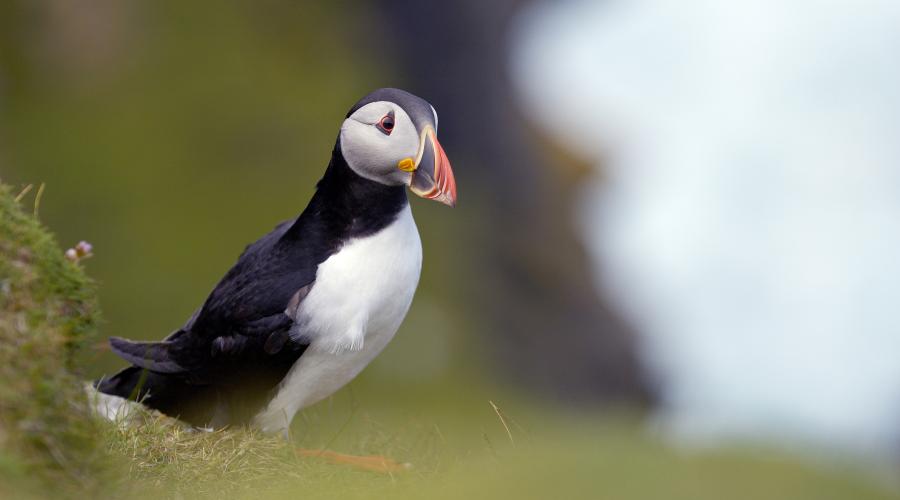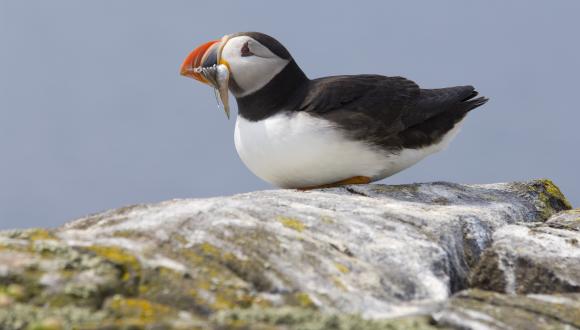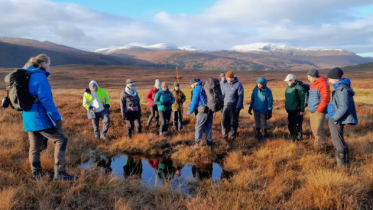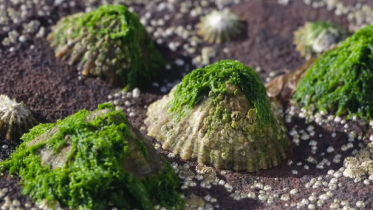
Puffin numbers increase on the Isle of May
13 June 2024
Partnership news release
Numbers of puffins at one of the UK’s largest colonies have increased by around a third since 2017.
NatureScot and the UK Centre for Ecology & Hydrology (UKCEH) have completed a count of burrows on the Isle of May National Nature Reserve (NNR) in the Firth of Forth, a protected and internationally important habitat for seabirds.
Based on their all-island count this summer, scientists estimate there are around 52,000 occupied puffin burrows, compared to 39,000 in the last survey in 2017 – a 33% increase.
However, Mark Newell, UKCEH’s field manager on the Isle of May, warns this figure may mask a recent decline in the species. Scientists remain concerned about the ongoing impact of food supplies and climate change on populations.
Mr Newell explains: “This increase in numbers of puffins came as a bit of a surprise to us. Each year we follow a small colony of birds that are fitted with coloured identification rings, and the number we have seen has been below average in the last two years.
“There was a period of high breeding success and survival for more than 10 years prior to this, and we believe that the population increased substantially after the 2017 count.”
NatureScot’s Isle of May NNR is home to around 100,000 puffins as well as tens of thousands of other birds including shags, guillemots, razorbills and kittiwakes.
David Steel, NatureScot’s Isle of May National Nature Reserve manager, said: “People come from all over the world to see the iconic Isle of May puffins so it’s fantastic news the population of these brilliant and hardy birds has increased.
“Seabirds across the UK are facing multiple challenges, including marine heatwaves, climate change and of course in recent years for some species, bird flu, so we’re delighted with this news. We will be monitoring these birds closely as the summer progresses and hope they continue to have a good year.”
UKCEH has been monitoring colonies on the Isle of May for 50 years, and its long-term research has shown that species have struggled with the impacts of climate change.
Rising ocean temperatures can reduce the availability of puffins’ food sources, particularly sandeels, which affects their survival rates and ability to produce offspring. In addition, periods of heavy storms in recent years have killed large numbers of birds.
There is no evidence that bird flu has been a problem with puffins on the Isle of May.
Field workers at UKCEH and NatureScot carried out the count by sweeping back and forth across the whole island counting each hole in the ground and assessing whether it is excavated by a puffin or rabbit. A sample of plots are then checked carefully to determine whether they are currently occupied by puffins and this correction factor is applied to the whole island count.






